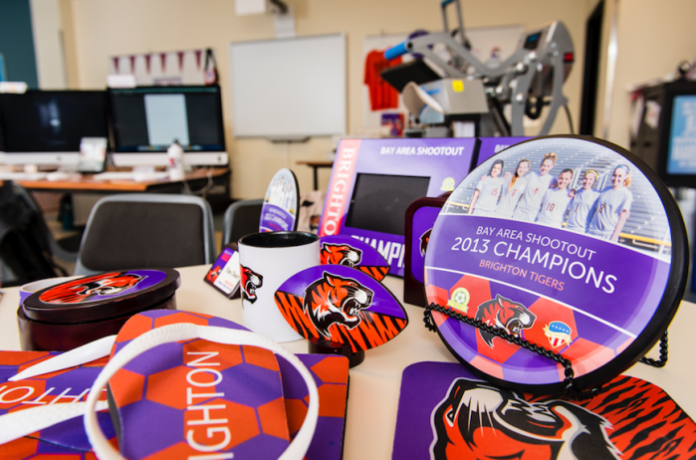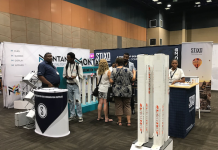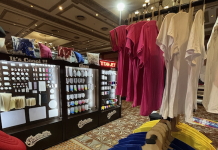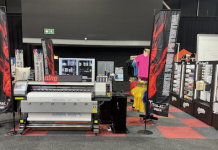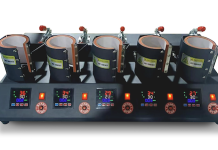Jimmy Lamb, Sawgrass manager of education, recommends a few easy steps for organising and rearranging the workspace to keep a production line running smoothly.
Lamb recommends a few easy steps for optimising your production space.
Organise your workspace:
whether you have a commercial workshop or a home-based business, organisation is essential for efficiency. Make sure you have a staging area stocked with heat tape, scissors and other essentials to reduce the time it takes to affix transfers to substrates. Create a designated cooling area where you can quickly remove your transfers and let your products cool properly. This will allow you to move to preparing the next press. Also set aside space for a packing area with room to work, stocked with pre-prepared boxes and a postage metre. Spend less time shipping and more time selling, printing and pressing.
Reduce your waste
Trial and error is a reality of sublimation production. But there are some simple things you can do that will help reduce waste. Don’t stack pressed substrates until they are completely cool, as they can still transfer their colour to another substrate. When you remove transfer paper, do so quickly and evenly immediately after the substrate leaves the heat press to prevent ghosting. When working with fabric, use a lint roller to remove any dust, lint or stray fibres before putting on the transfer. This will help avoid having little blue speckles unexpectedly show up on the fabric. Always print images about 6mm larger than the size of your substrate, which allows a margin of error when aligning everything.
Beware of hidden moisture
Sublimation paper and substrates usually have some amount of moisture hiding in them, which doesn’t come out until the heat press is closed. Moisture can cause colour shifting, image bleeding and the uneven transfer of solid-filled areas during pressing. To minimise these effects, keep your transfer paper in a sealed, plastic container or store in a cool, dry place to prevent the sheets from absorbing moisture from the air. Use unwaxed butcher paper or plain newsprint paper instead of Teflon sheets, as the paper will better absorb any moisture that is released during pressing. Also, pre-press garments, substrates made of medium density fibreboard (MDF) or neoprene to release hidden moisture before you affix your transfer paper.
JG ELECTRONICS (+27 11) 789 6033 sign@jge.co.za www.jgelectronics.com


